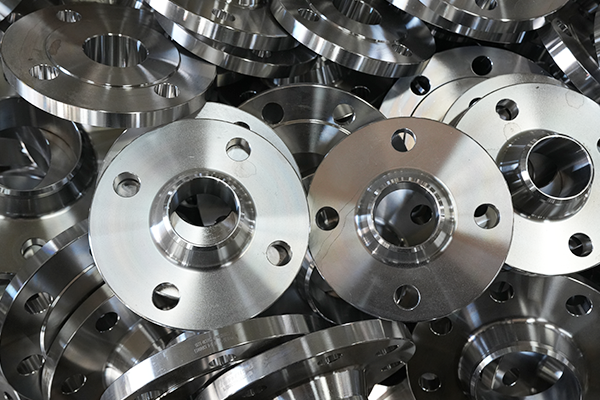NewsDetails
Corrosion Protection Principles and Long-Term Defense Mechanisms of TPEP Anti-Corrosion Steel Pipes
author:Zhantong time:2025-05-23 01:07:30 Click:53
Anti-Corrosion Principles and Long-Term Protection Mechanism of TPEP-Coated Steel Pipes
TPEP (Two-layer Polyethylene and Epoxy) anti-corrosion steel pipes are designed to combat the multifaceted corrosion threats that occur in buried or immersed pipeline systems. By integrating two high-performance coating materials—fusion bonded epoxy (FBE) and polyethylene (PE)—TPEP pipes establish a synergistic protection system. Below is a detailed explanation of the corrosion prevention principles and the mechanisms behind their long-term durability.
1. Dual-Layer Protection Concept
TPEP coatings consist of:
Inner Layer – Fusion Bonded Epoxy (FBE):
Chemically bonds with the steel surface to form a hard, impermeable barrier against water, oxygen, and corrosive ions.Outer Layer – Polyethylene (PE):
Provides mechanical protection against external stressors such as soil pressure, impact, and abrasion.
Working Principle:
The FBE layer blocks corrosion initiation, while the PE layer shields the FBE and steel from mechanical damage and environmental erosion.
2. Epoxy Layer: Chemical Corrosion Resistance
Mechanism:
The FBE is applied to a sandblasted, preheated steel surface.
It melts and chemically anchors into the microstructure of the steel, forming a tight and uniform coating.
Epoxy molecules are crosslinked into a three-dimensional network, making them highly resistant to:
Moisture infiltration
Acidic and alkaline environments
Dissolved salts (e.g., chlorides, sulfates)
Function:
Blocks electrochemical corrosion processes by eliminating the presence of moisture and ions at the metal surface.
3. Polyethylene Layer: Mechanical and Environmental Shield
Mechanism:
A layer of polyethylene is extruded over a bonding primer (or adhesive).
This forms a tough, flexible, and chemically stable exterior that resists:
Soil movement and mechanical backfilling
UV radiation and temperature cycling
External chemical attacks (e.g., hydrocarbons in contaminated soil)
Function:
Maintains physical integrity of the pipe coating over time, preventing cracks, delamination, or punctures that could expose the underlying steel.
4. Long-Term Adhesion and Integrity
The bonding between the epoxy and the steel, and between the adhesive and the PE, creates a unified anti-corrosion envelope.
No Capillary Pathways: The multi-layer structure eliminates microscopic gaps where water could travel.
High Peel Strength: Prevents separation under thermal or mechanical stress.
Resistance to Cathodic Disbondment: Even under stray currents or cathodic protection systems, the coating remains stable.
5. Self-Supporting Durability Over Decades
Due to the chemical stability and physical resilience of both FBE and PE, TPEP-coated pipes typically retain protective function for 30–50 years in buried applications.
No aging-related brittleness
High tolerance to soil acidity, salt, and microbial attack
Stable performance under thermal expansion and contraction cycles
Conclusion
TPEP anti-corrosion steel pipes offer a reliable and proven defense against both internal corrosion and external mechanical damage. Through the fusion of epoxy's chemical sealing and polyethylene’s physical shielding, they form a comprehensive and durable protection system—one that ensures safe operation, low maintenance, and extended pipeline lifespan even under harsh environmental conditions.
 Recommended Products
Recommended Products
 Contact us
Contact us
—— Contact:Manager
—— Tel:+86 15231788966
—— Email:info@zhantongpipe.com
—— Url:https://www.zhantongpipe.com
—— Address:Mengcun Hui Autonomous County, Cangzhou City, Hebei Province









